Chrono Odyssey is an action MMORPG built around a bold hook that actually shapes how you play. Time is not just lore dressing. It is a resource you earn through good play and spend at peak pressure to fix a misread, stretch a parry window, or stabilize a chaotic pull. That single system defines the tempo of fights, the way groups coordinate, and how builds come together. The world of Setera leans into scale and atmosphere, but the heart of the experience is timing and judgment. You learn the language of enemy windups, build a rhythm with your weapons, and keep a little chrono in your back pocket for the moment it truly matters.
What the game is about
Chrono Odyssey is a next generation action MMO with seamless world exploration, reactive combat, and build flexibility centered on weapons and combat styles. You carry two weapon sets and swap to answer the situation. Your identity is not a permanent label as much as a kit that changes how you solve problems. Combat is physical and legible. Attacks carry weight, evades have commitment, and hard punishes feel earned. The twist is a chrono resource that you bank by playing well and spend when the fight demands precision. It is not a panic button. It is a budget you manage across a dungeon run or raid night.
The official store summary highlights Unreal Engine 5 visuals, time manipulation in combat, and an open world built for discovery. If you want the high level feature view, it is laid out cleanly on the Steam store page in the About section along with media and updates. That is the best snapshot of the project in one place and makes clear what the team is building and why it stands out among action MMOs.
Story
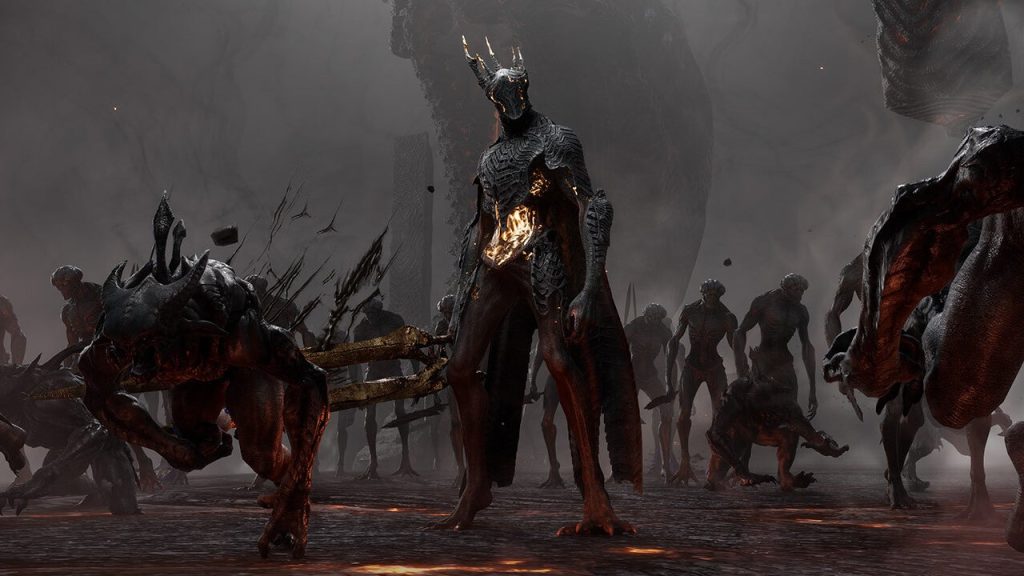
Chrono Odyssey frames your journey as a fight to reclaim a land bent out of shape by temporal fractures. You are not a chosen savior who snaps fingers and wins. You are a capable fighter with unusual tools in a world that pushes back. The setup lets the game lean into event driven storytelling that happens in and around the activities you already want to do. Bosses that feel like forces of nature, factions with grounded goals, regions that tell their own history through ruins and anomalies. It is a structure that suits an MMO with a strong combat core. Narrative beats do not lock you in a corridor. They live in the same open routes where you gather, hunt, and group up.
The tone is high fantasy with cinematic staging, but it keeps sight of player agency. You build your character, pick your kits, make choices in the moment, and the story mostly gets out of your way. Big sequences exist to give context and energy to the next challenge, not to pin you down in long monologues.
World
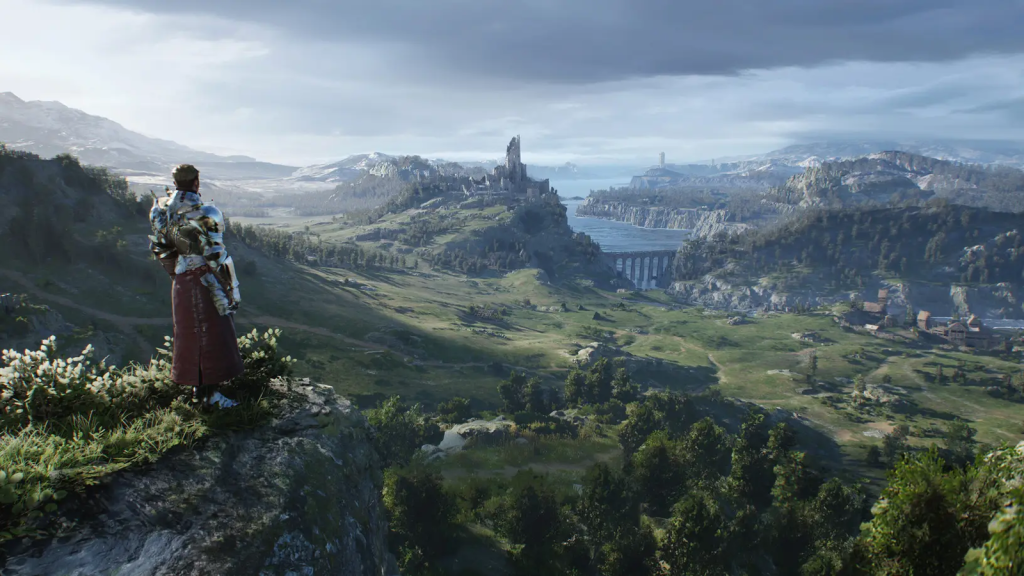
Setera is a seamless world with distinct biomes and a sense of distance. You travel through wind swept grasslands, stone ridges, foggy lowlands, and weather that reads like mood and threat rather than a postcard filter. The art direction puts silhouettes and legibility first. Giant creatures stand out against the horizon. Underground routes and ridge lines hint at alternate paths. Points of interest are visible long before you reach them, inviting a detour if your pack and cooldowns can handle it.
Exploration is not a mini map treadmill. The game prefers to bribe curiosity with events and environmental puzzles that are visible if you pay attention. A caravan limps along a dangerous path. A rift opens and bleeds enemies into a field that was quiet five minutes ago. A climbable shelf turns a risky run into a safe flank. Progression rewards loops, not lines. You set out to do one thing and the world offers two more that are worth your time.
Combat
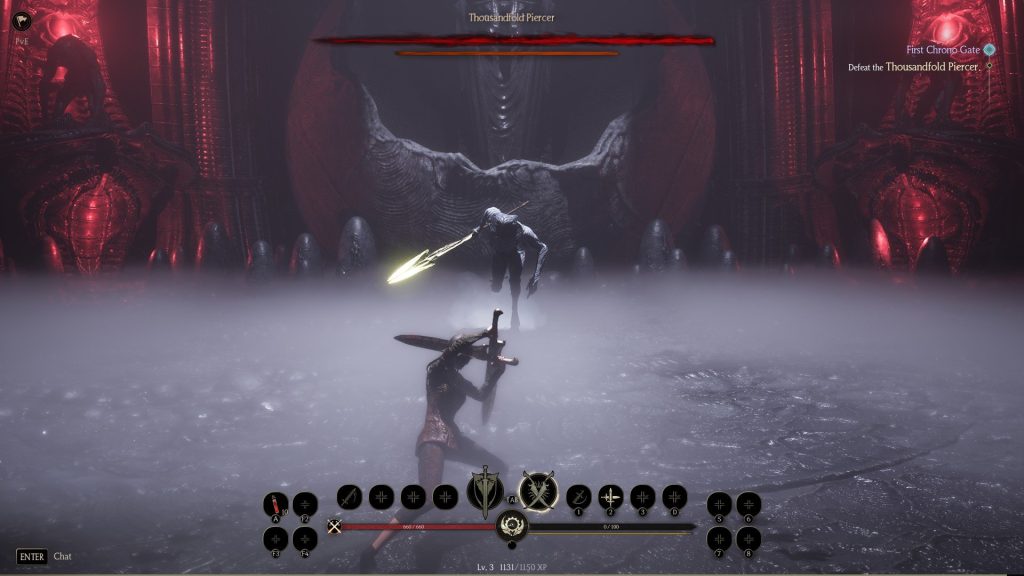
Chrono Odyssey is an action first MMO. It expects you to read tells, commit to positions, and punish greed. The combat model uses familiar verbs like dodge i frames, shields with stamina tradeoffs, parry windows, gap closers, and stance breaks. Where it differs is the chrono layer. You earn a time resource by clean play and you spend it in three broad ways. Micro rewinds to correct a tactical misstep. Short slowdowns to widen a narrow parry or reposition window. Positional snaps to adjust your location or lock in an angle for a finisher. These are not invulnerable pauses. They are controlled edits to a timeline that keeps moving.
Because chrono has a real opportunity cost, the best players hold it for moments that swing encounters. Bosses have phases and tells designed to make that choice interesting. Save chrono to survive a lethal knockdown chain, or burn it to create an all in punish before an add wave. The combat UI aims to keep the field readable. Enemy windups, hit reactions, and crowd control durations are tuned to be learned and mastered rather than guessed.
Weapons, classes, and builds
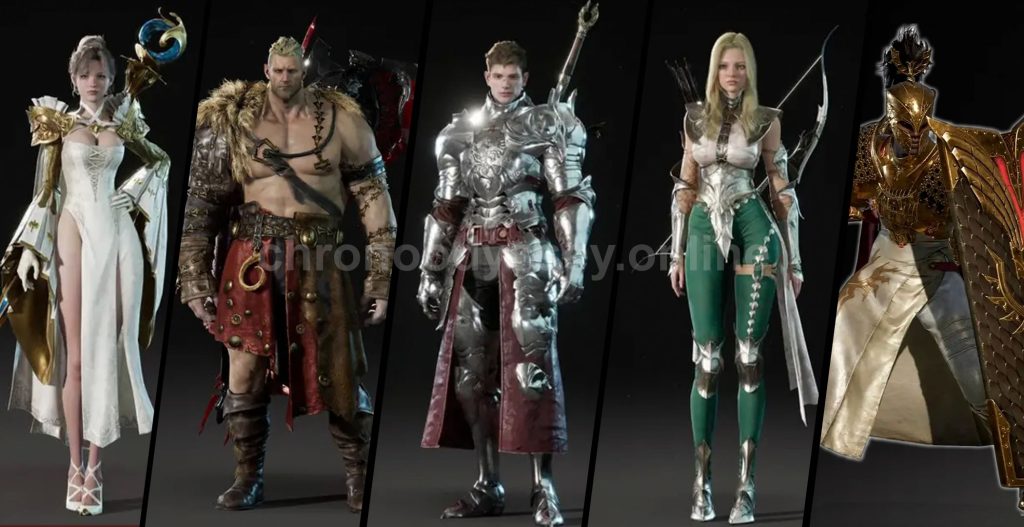
Identity starts with weapons. You equip two and build around how they talk to each other. A sword and shield can anchor, create counter windows, and soak pressure. A heavy two hander cracks armor and deletes stagger bars. A bow plays the spacing game and sets up off angle hits. A staff controls space and resets fights that are getting messy. Each weapon supports multiple combat styles that change skill chaining, resource flow, and role bias. You might spec your blade for parry heavy play with high reward ripostes, or tune a caster kit to spike slows and setup windows for allies.
Builds have four axes. Weapon pair and how you swap. Style choices that set tempo and window size. Chrono economy traits that decide how fast you earn and how efficiently you spend. Gear and skill mods that turn a solid skill into the one your kit revolves around. The goal is not to lock you to one role. It is to let you answer content with a consistent identity that can flex when the encounter asks for a different line.
PvE and group content
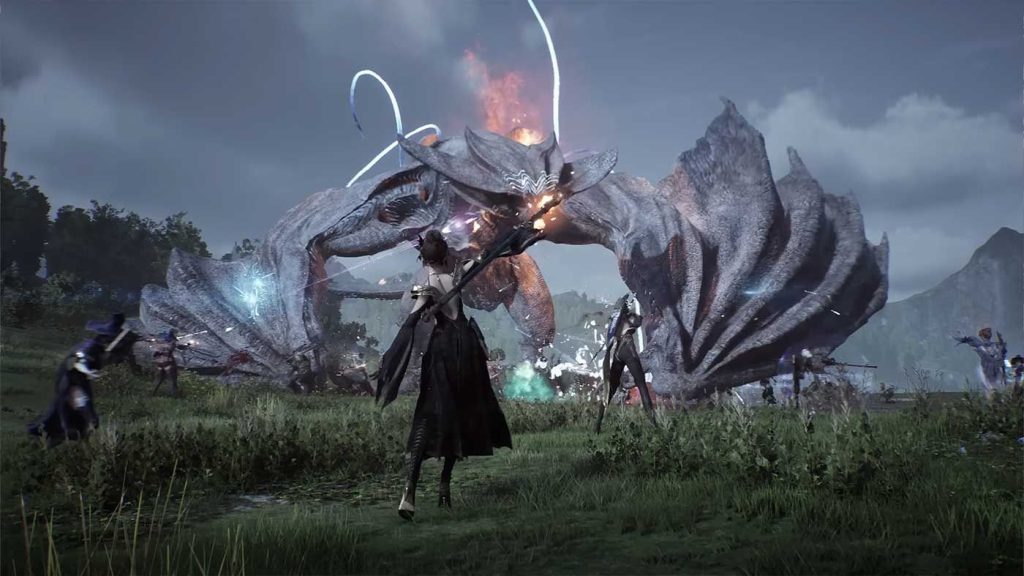
PvE is the spine. Dungeons and raids are built around fair but demanding mechanics. Reads that are honest. Phases that raise stakes rather than simply inflating numbers. Adds that force target priority decisions. Puzzles that use movement and positioning without breaking the pace. Open world bosses act as social anchors in regions. They are not giant health bars for screenshot farming. They are a reason for strangers to converge and work together for ten minutes, then ride off with a story.
The chrono layer shines in coordinated play. Parties call their time budgets like they call defensive cooldowns. A tank saves a micro slow to turn a huge swing into a clean parry for the group punish. A backline player fixes position to line up adds for a burst window. A support build spends a rewind to save a misstep that would have spiraled into a wipe. Because chrono is earned by good play, these moves feel like teamwork, not a gimmick.
PvP
Small scale duels and skirmishes are built to reward clean reads and footwork. The chrono resource does not make you untouchable. It creates narrow outplay options that separate a solid fighter from a great one. Spacing, baiting counters, and weapon swap discipline matter more than pure reaction speed. Larger field fights lean on objective control, flanks, and midline disruption rather than chaotic zerg. The weapon system helps here. Team mixes can field pressure lines, pick squads, and control specialists in a way that creates roles without forcing hard class locks.
Clarity is a design target in PvP. Camera behavior, lock on logic, and HUD readability are tuned to keep fairness over flash. That keeps fights from devolving into FX noise and helps time mechanics feel like skill expression instead of a coin flip.
Progression and crafting
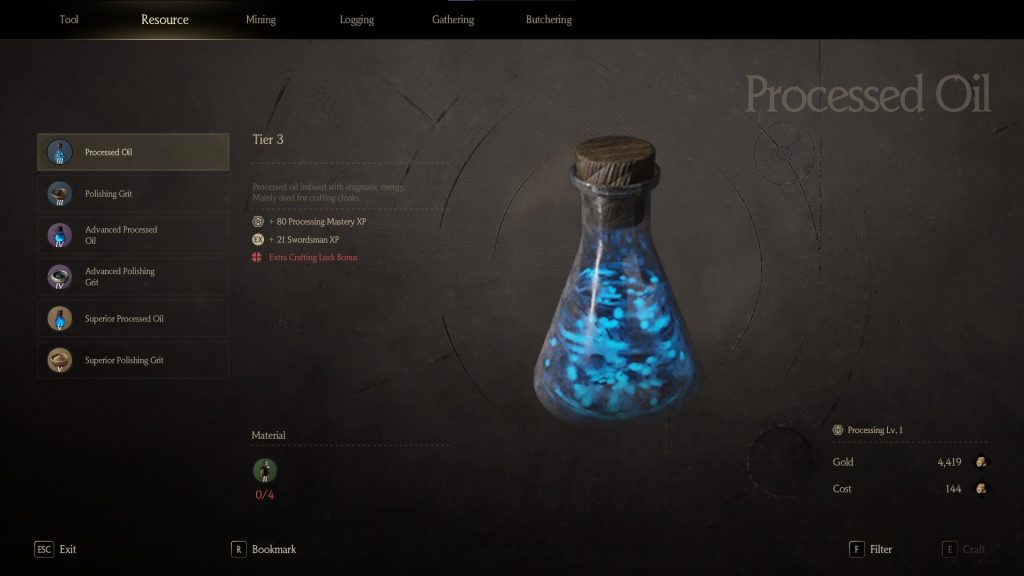
Progression is a mix of character, gear, and skill identity. Levels and unlocks get you through early content and open core moves. Gear layers stats and, more importantly, changes how your best skills behave. Crafting helps you reach the shape your kit wants to take. It is not just number bumps. The interesting rewards are traits and mods that alter hit geometry, resource flow, or interaction effects that your rotation is built around.
Life skills plug into exploration. Gathering routes teach you the world. Rare materials live behind short challenges, risky travel, or activities that train combat fundamentals. The loop is healthy. You run content for parts that unlock your ideal build, and those parts make you better at the content you want to run next. It is a forward spiral rather than a treadmill.
Current issues
After the first closed tests, the team published detailed developer notes on inputs, hit feedback, camera logic, UI clarity, enemy behavior, and balance priorities. They called out long recovery frames that blocked input buffering, unclear stagger rules, CC durations that felt too short, visual clutter, and camera friction near large enemies or tight spaces. The plan aims to improve input responsiveness, reduce buffer windows that cause unwanted actions, add clearer hit reactions, align hitboxes and FX, and improve lock on behavior. Enemy AI and windups are being tuned to react to player movement and signal danger more honestly. UI for buffs, debuffs, and cooldowns is getting a readability pass.
This kind of explicit diagnosis and follow up is encouraging. It shows a focus on fairness and feel, which is exactly where an action forward MMO needs to invest before launch. You can read the post test breakdown in the official developer notes on Steam, which outline the specific areas they are addressing and why those changes matter for combat depth and encounter pacing.
Platforms and features
Chrono Odyssey is coming to PC via Steam and to PlayStation 5. On PS5, the store page lists DualSense haptic feedback and adaptive trigger support, online play with PS Plus, and Game Help support. That platform profile tells you how the team thinks about console presentation and control feel. The game is positioned as an online title first, with the expected network features and up to 99 online players on PS5 listings. On PC, the Steam page serves as the live hub for the game overview, screenshots, trailers, and official news posts.
If you want to understand the baseline expectation for visuals and combat pitch at a glance, it is worth scanning the official store pages. The Steam summary frames the pillars clearly. The PS5 page adds helpful context for controller users and what to expect from platform features on day one.
Tips for new players
- Pair weapons that cover each other. A safe set for control and a greedy set for finishers keeps you flexible without losing identity.
- Treat chrono like a boss mechanic budget. Spend it to change outcomes, not to paper over routine mistakes.
- Practice reads. The game invests in clear windups and honest telegraphs. The more you learn those, the more chrono you can spend on offense.
- In groups, assign time roles. Decide who saves a rewind for emergencies and who spends slows for punish windows. Planning beats improvisation once the stakes rise.
Why it matters
Chrono Odyssey is not trying to win with a single trailer moment. It is building on the last decade of action MMO lessons and adding one clean idea that shifts the skill conversation. Time as a resource gives the combat loop a real second layer. It changes how you build, how you call fights, and how you recover when things wobble. That is the kind of mechanic that can support an endgame and keep players coming back because mastery keeps paying off.
It also arrives with a clear focus on feel. Inputs, hit reactions, telegraphs, and camera behavior are not just polish items. They are the difference between a fight you respect and a fight you tolerate. The way the team documents and addresses those topics in public is a good signal. If Chrono Odyssey sticks the landing on clarity and pacing, it will earn its place in the action MMO rotation.
